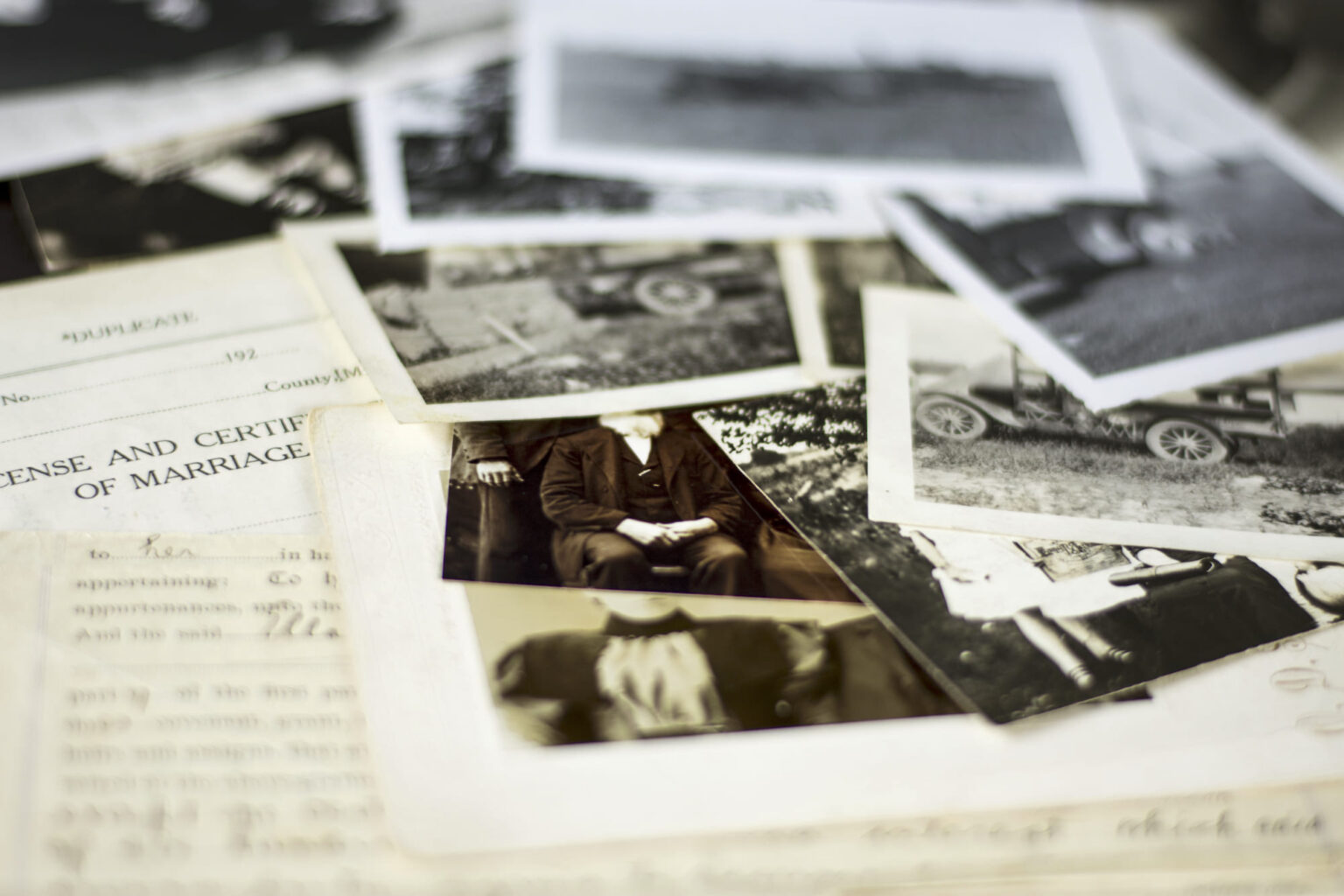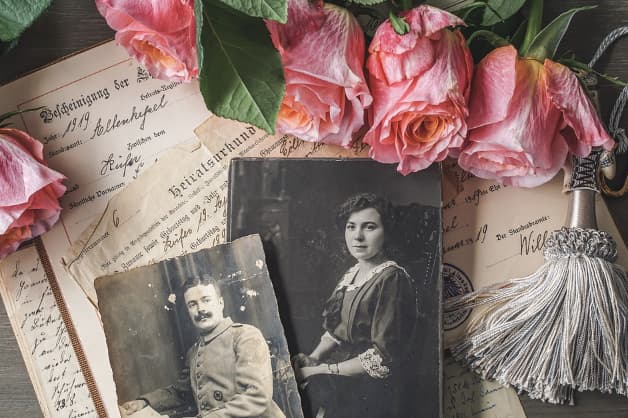- Home
- Importance of Family Storytelling
- What Is Storytelling
What is Storytelling?
Defining What is Storytelling:
Exploring the Art, Arc, and History of Narratives
Welcome to our sanctuary of stories and narratives! In this corner of the web, we celebrate the compelling power of storytelling and its ability to effectively pass on insights, beliefs, and principles from one generation to the next. Today, we’re zooming in on the definition of storytelling, its historical background, and how it’s used in different contexts, such as oral history. We’ll delve into storytelling arcs and offer a veritable thesaurus of storytelling techniques. Let’s embark on this insightful expedition together!
What is Storytelling: An Age-Old Art Form
How do you define storytelling? Storytelling is an ancient, ever-evolving craft that facilitates human connection and sharing experiences. Broadly defined, it’s a method of communicating thoughts, ideas, and lessons in an engaging, often emotive manner. From the humble oral traditions of our ancestors to the immersive realms of books, plays, films, and even video games in today’s digital era, storytelling has been a cornerstone of human culture and learning.

The Storytelling Arc: A Central Narrative Structure
A critical part of understanding storytelling or story-telling is exploring the concept of the storytelling arc. This narrative device is a predictable pattern that gives stories a structured, pleasing rhythm. It generally consists of exposition (introducing characters, setting, etc.), rising action, climax (the story’s turning point), falling action, and resolution. The arc helps stories flow naturally and keeps audiences engaged, making it a vital tool in the storytelling toolkit.
Defining Storytelling Thesaurus: A World of Techniques and Styles
Just as a thesaurus offers many ways to express an idea, there are numerous narrative techniques to bring stories to life. This ‘storytelling thesaurus’ encompasses everything from flashbacks, foreshadowing, and symbolism to dialogues, metaphors, and sensory description. The choice of technique can significantly influence the story’s tone, mood, and impact. As such, mastering these techniques is key to compelling storytelling.
Which Statement About Storytelling is Most Accurate?
There are many beliefs about storytelling, but which statement about storytelling is most accurate? The answer is that storytelling is a universal language, transcending borders and cultures to connect us through shared human experiences. It’s a tool not only for entertainment but also for education, empathy, and even healing. Whether passing down family anecdotes or crafting narratives for a novel, we’re all storytellers at heart.
The Evolution of Defining What is Storytelling:
A Glimpse into its History
Exploring the history of storytelling takes us back to the dawn of human civilization when our ancestors shared stories orally. These narratives, full of myths, legends, and practical knowledge, laid the groundwork for societal norms and values. As civilizations evolved, so did storytelling forms, from the hieroglyphs of ancient Egypt to the epics of ancient Greece, and later, to printed books and digital narratives. This rich storytelling history reflects humanity’s innate desire to share, connect, and make sense of our existence.

Defining Storytelling is a reflection of our cultural heritage and identity. It’s been used to hand down knowledge, beliefs, and values from generation to generation, shaping our collective consciousness. Stories can serve as life lessons, moral reminders, or outlets for emotional expression. They can explain natural phenomena, describe historical events, or entertain. Importantly, stories help us empathize with others and appreciate different perspectives, fostering intercultural understanding.
Storytelling Through the Ages: The Significance of Oral History
Oral history, one of the earliest and most personal forms of storytelling is enjoying a renaissance in our modern age. By sharing memories and experiences through spoken word, we keep traditions alive, forge intergenerational bonds, and create an intensely personal shared history. Oral histories are precious, as they capture first-hand accounts of events that shaped lives, offering an intimate glimpse into past eras.
Storytelling is a universal language that transcends borders and cultures to connect us through shared human experiences. It's a tool not only for entertainment but also for education, empathy, and even healing. Whether passing down family anecdotes or crafting narratives for a novel, we're all storytellers at heart. Embracing the power of storytelling can help us understand ourselves and others better, fostering a sense of community and belonging.
Frequently Asked Questions
How can storytelling enhance communication skills?
Storytelling can enhance communication skills by providing a framework for organizing and presenting information engagingly and memorably. By using storytelling techniques, you can capture your audience's attention, build rapport, and convey complex ideas in a way that is easy to understand. What are some effective storytelling techniques?
Effective storytelling techniques include:
- Using vivid imagery.
- Creating a compelling narrative arc.
- You can use humor or emotional appeals to connect with your audience.
Other methods involve:
- Using repetition.
- Varying your tone and pacing.
- Incorporating sensory details to help your audience visualize your story.
How can the art of storytelling be used in film?
The art of storytelling can be used in film by creating a compelling narrative that engages the viewer and draws them into the story. This can be achieved through visual storytelling techniques such as camera angles, lighting, and sound design, as well as through character development and plot twists.
What are the critical elements of successful storytelling?
The critical elements of successful storytelling include:
- A clear narrative arc.
- Well-developed characters.
- Vivid imagery.
- A solid emotional connection with the audience.
Other essential elements include pacing, tone, and the use of sensory details to help the audience visualize the story. By incorporating these elements into your storytelling, you can create a powerful, engaging narrative that resonates with your audience.













